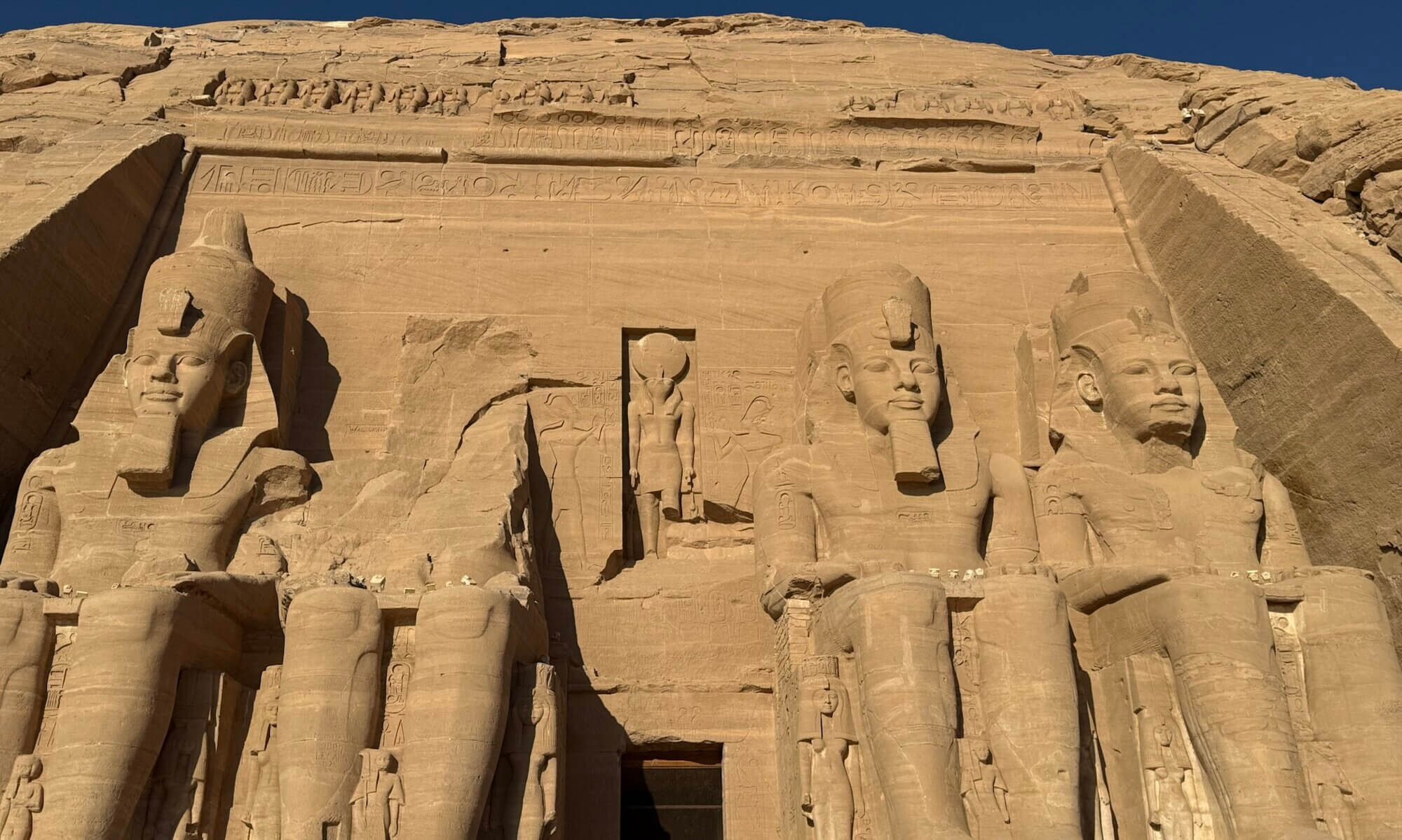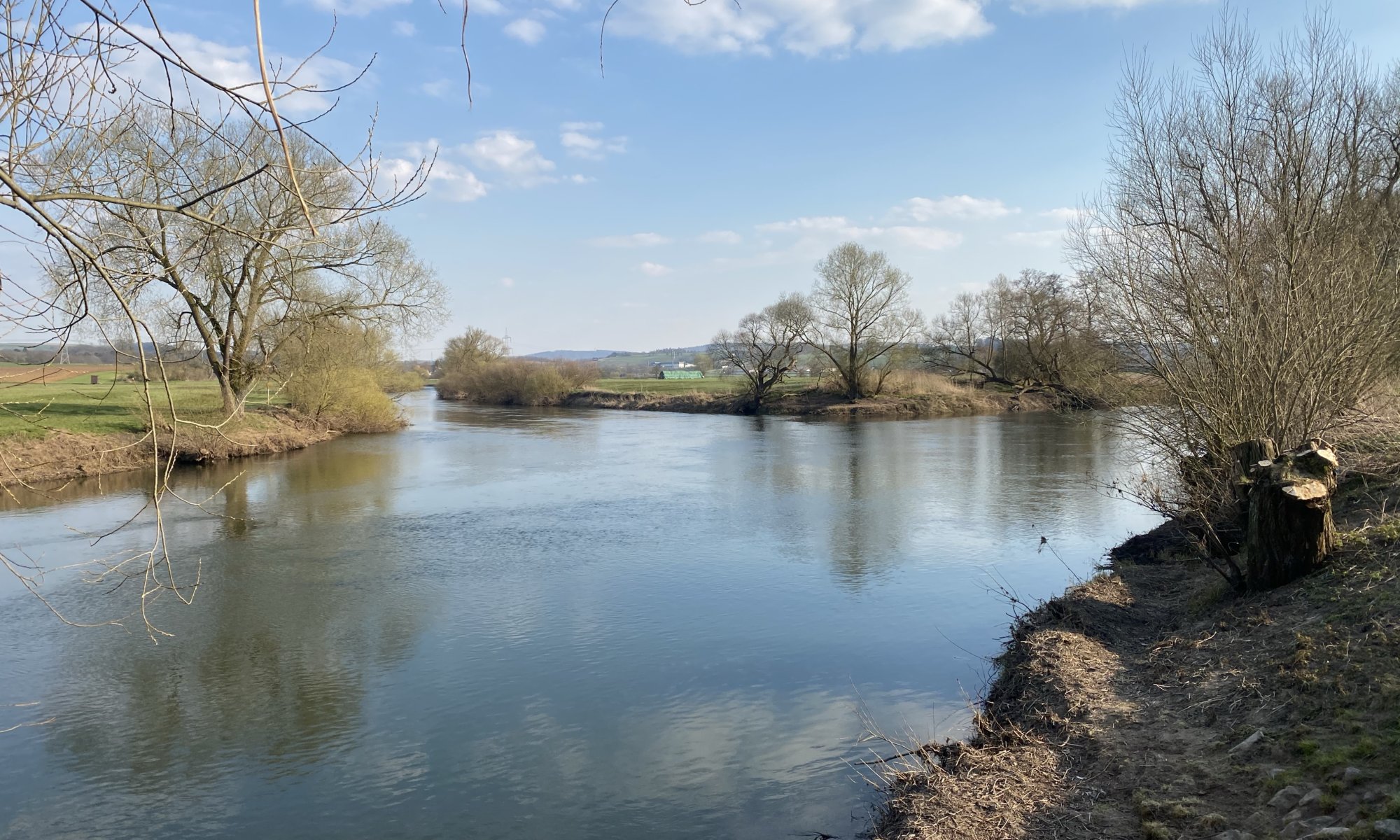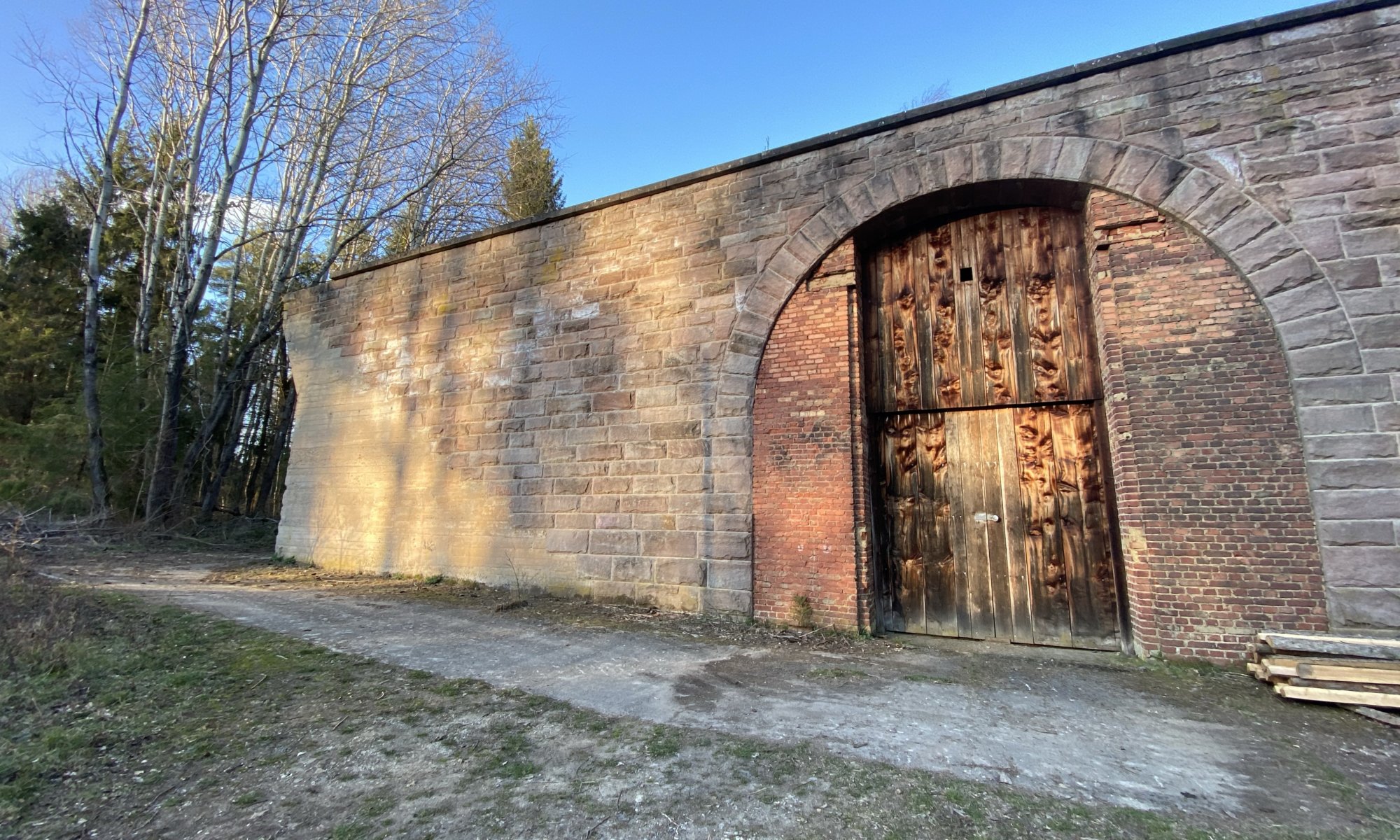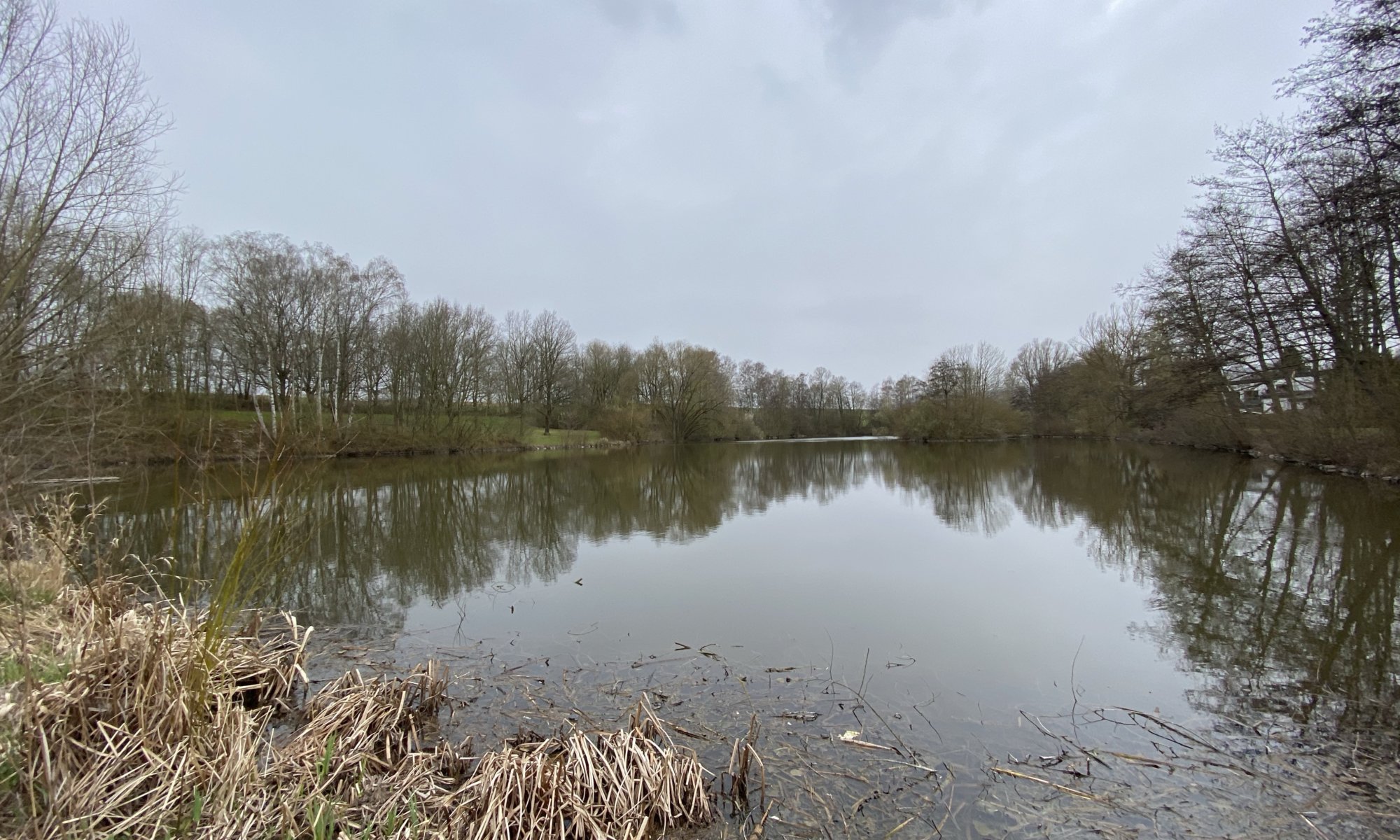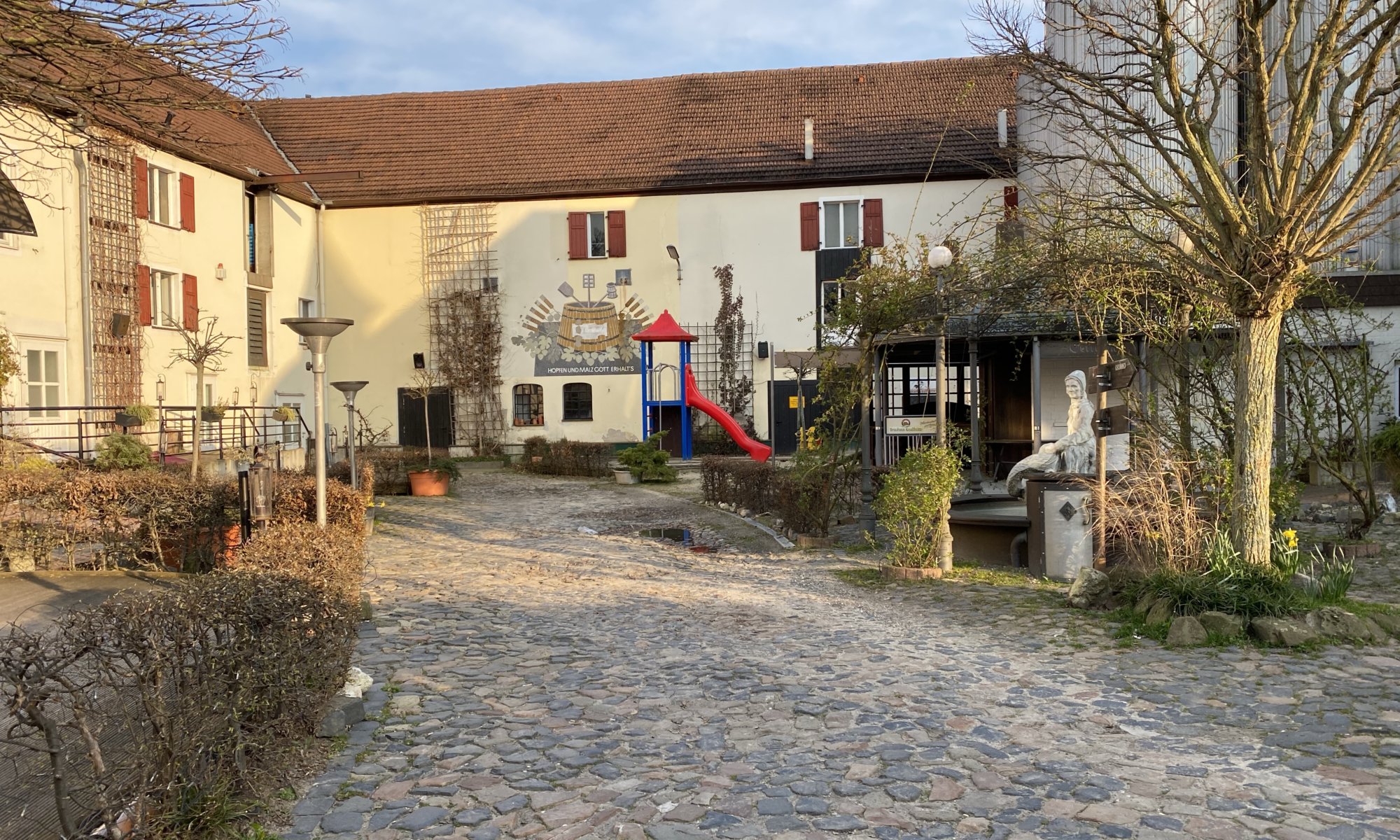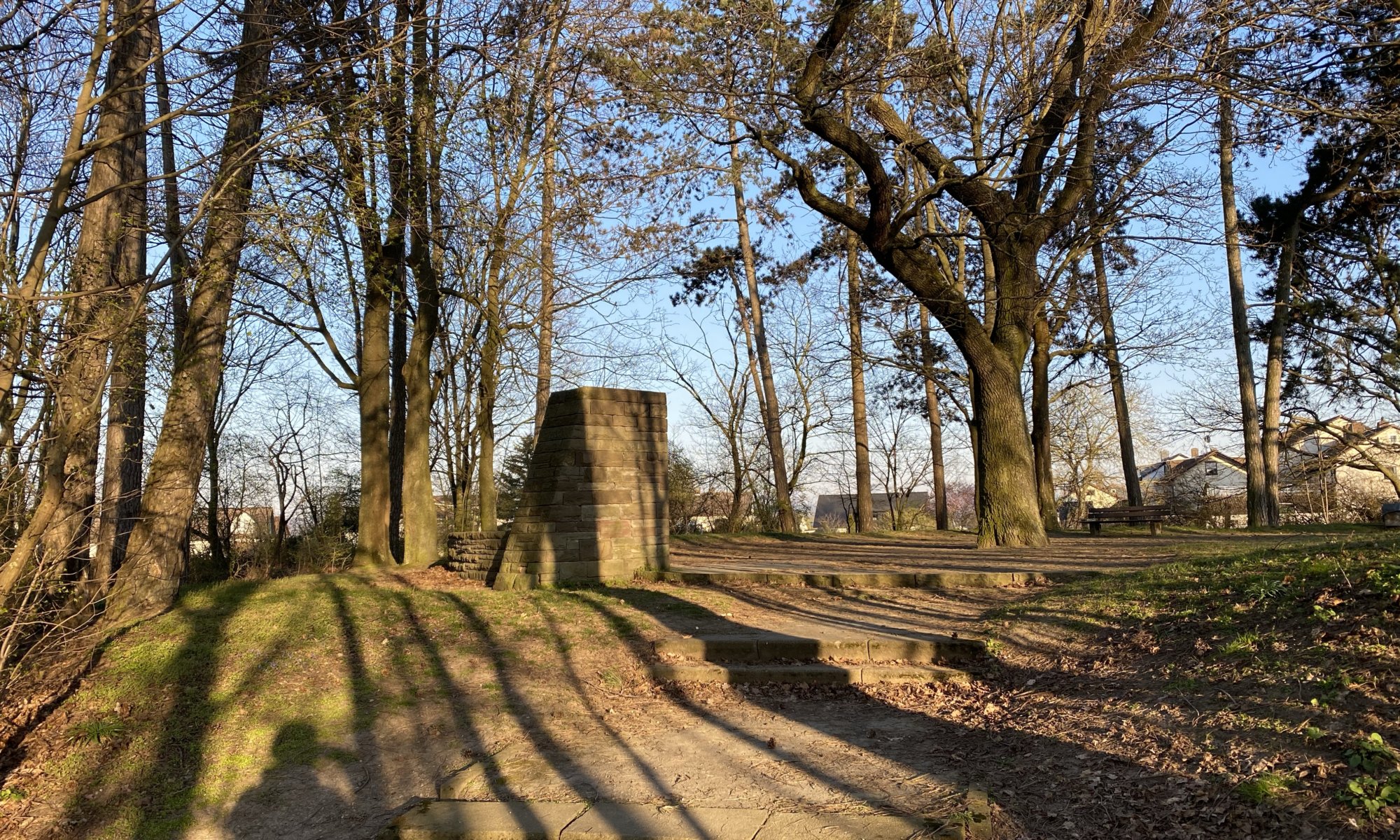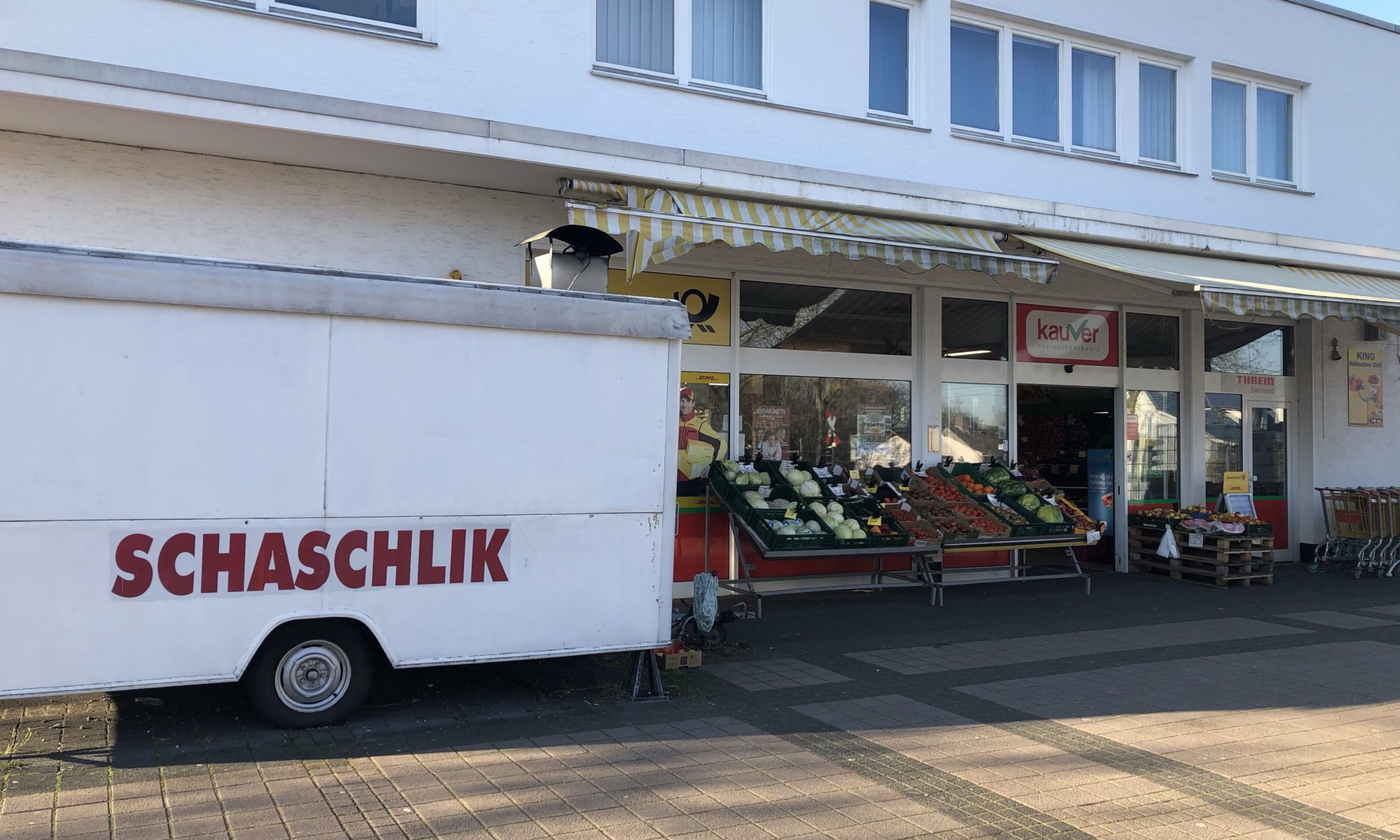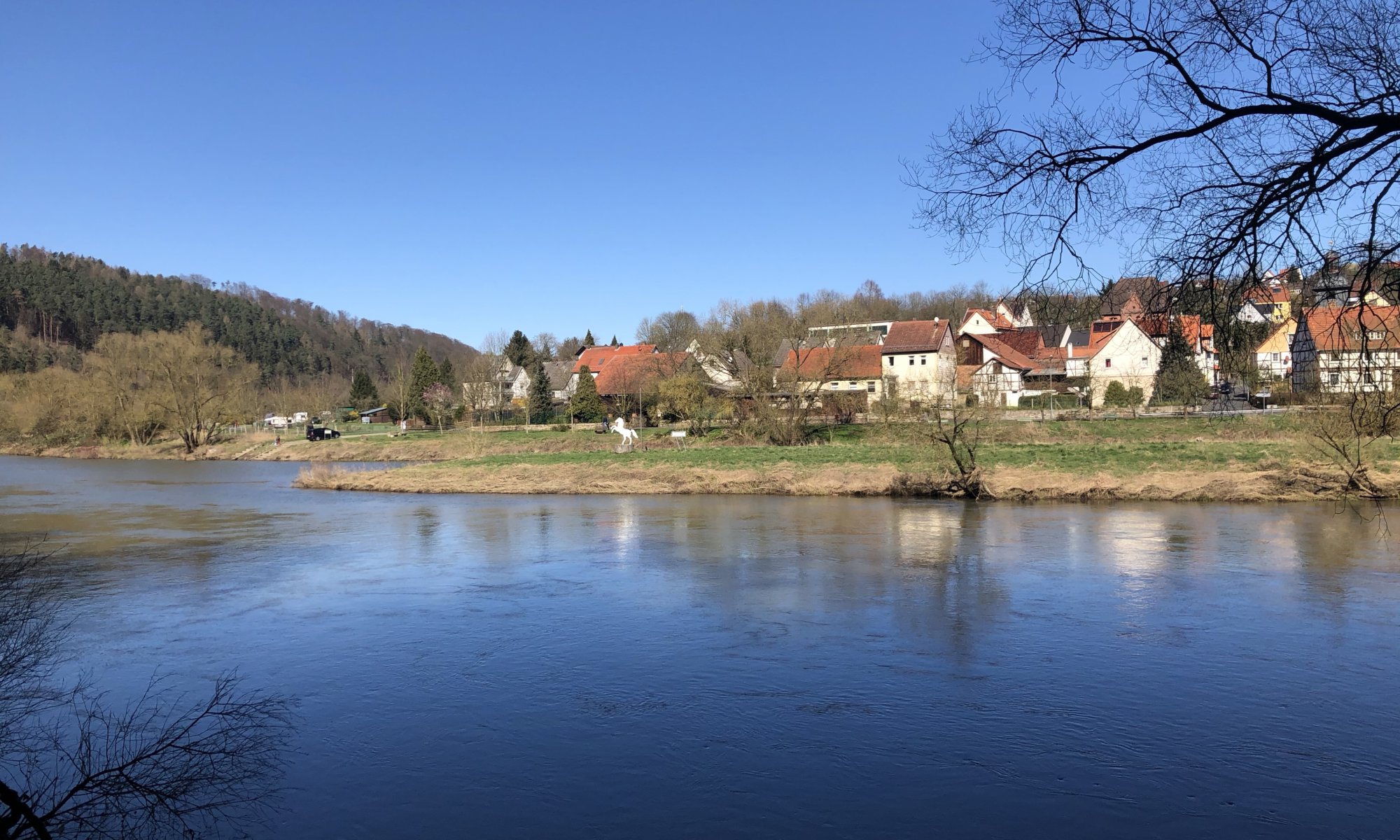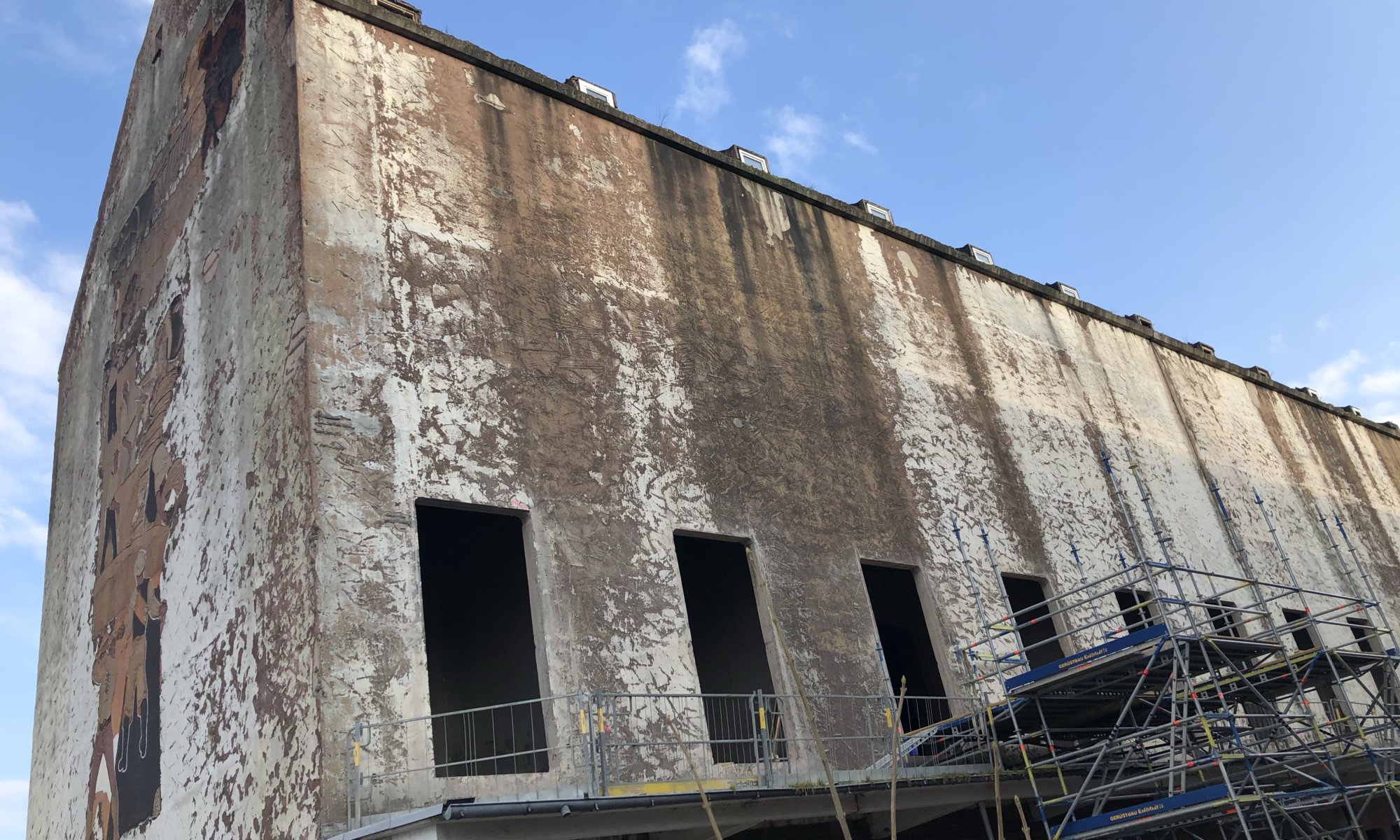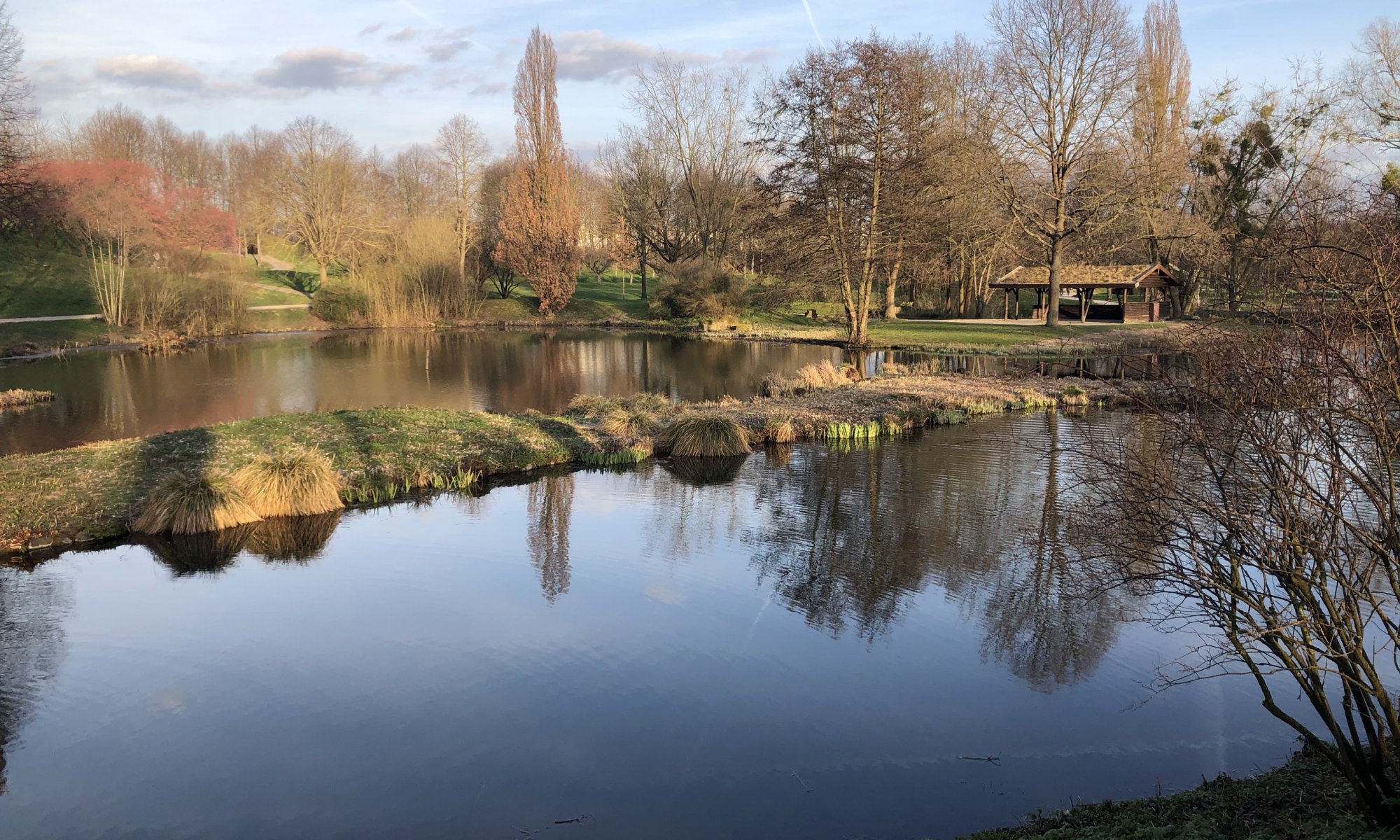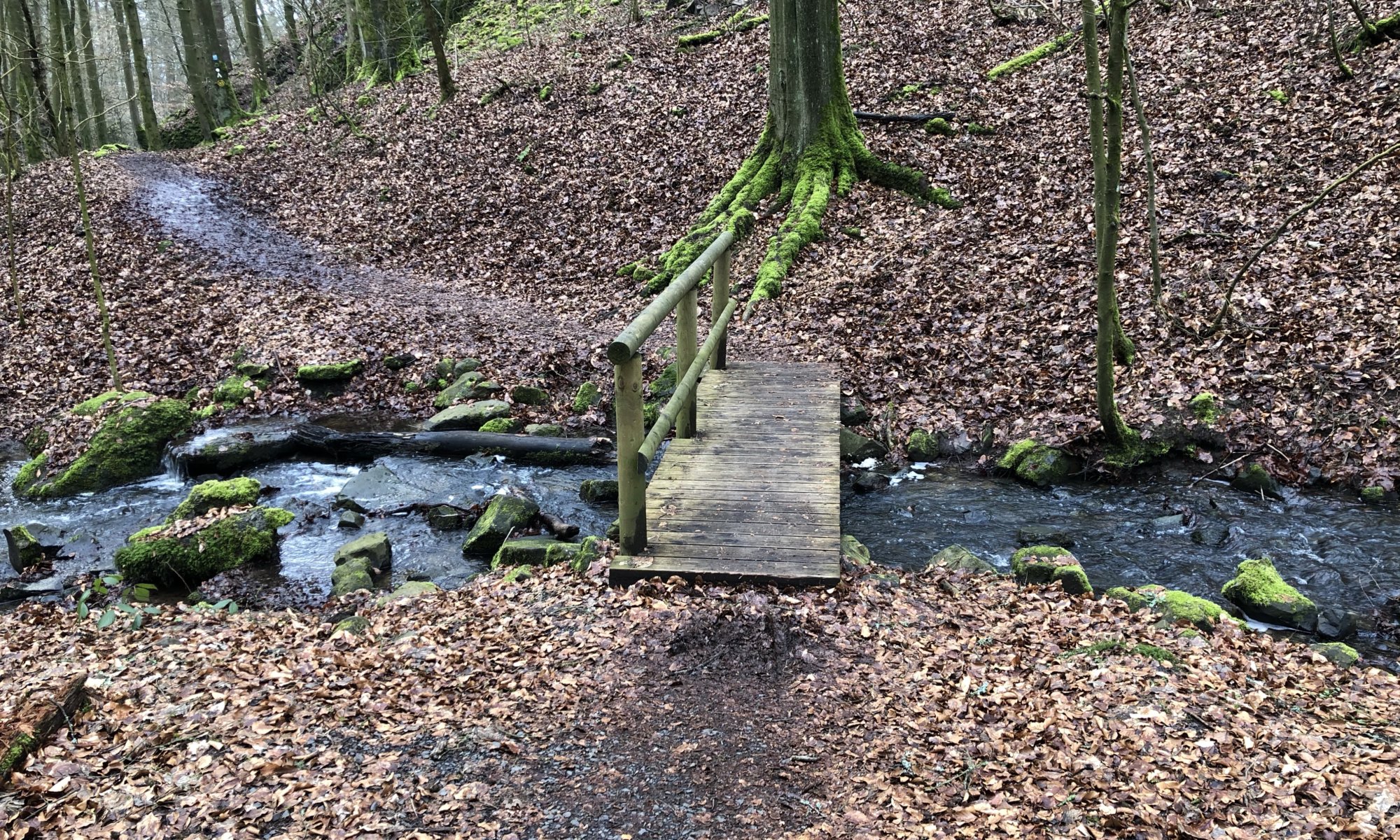The Eder is a 176 kilometres long river – the longest that flows into river Fulda. It originates from the Rothaargebirge in North Rhine-Westphalia and is best known for the artificial lake Edersee with many touristic attractions next to it – like Schloß Waldeck, the Wildtierpark and a treetop walk. The river Eder ends close to Kassel, Germany. It runs into the Fulda near a village called Grifte belonging to Edermünde. This geographical situation became a problem in 1943 when during the British Operation Chastise the dam of the lake was bombed and a massive flood wave reached Kassel via the Eder.
Continue reading “Edermündung”Autobahn
German motorways are known throughout the world as you can drive on them as fast as you want. Whether this makes sense and how often you can really go fast (because of speed limits and massive construction works) are other discussions. A common myth is also that the Autobahn is a legacy of Adolf Hitler – in fact the motorways were planned before his time and his regime only accelerated the construction works. On the other hand, his war also stopped the construction of different parts of the motorway network – a good example is the Strecke 78 which should have connected Kassel to Eisenach and Erfurt. A road that doesn’t exist even today.
Continue reading “Autobahn”Leiselpark
The Leisel is a small river at Baunatal, Germany. Between the city quarters Altenbauna and Kirchbauna it runs into river Bauna (giving the city its name) – and exactly there you can find the Leiselpark, the local recreation zone of Baunatal. It is a nice long-stretched park with different paths to stroll around and a big playground. At one end of the park you can find the Leiselsee – an artificial lake created from the waters of the river.
Continue reading “Leiselpark”Knallhütte
If somebody would ask me about my most favourite local beer, I would always answer ‘Hütt naturtrüb‘, a delicious non-filtered Pilsener brewed by the Hütt-Brauerei located at Baunatal, Germany. Since 1752 they brew beer at a location called Knallhütte close to motorway A49. In former times carriages needed additional horses to get on top of the hill and signalled this using their horsewhips – the sound of this gave the place its name (‘knallen‘ = banging). Today you can take a tour at the brewery, buy some beer at their shop or enjoy good food in the restaurant.
Continue reading “Knallhütte”Warteberg
The Warteberg is a 229 meters high mountain in the city quarter Philippinenhof-Warteberg of Kassel, Germany. Living there must be nice and painful at the same time: because of the great views you can have, but I wouldn’t want to climb up this mountain every day; I totally underestimated it. It is located in the north of the city directly at the border to Vellmar. On top, you will find a small park where you can sit down between trees and have a relaxed look at the valley of the river Fulda.
Continue reading “Warteberg”Russian embassy
People living abroad tend to create a desire for food they know from home. Germans always search for typical German bread and beer. It seems to be the same with the large Russian community at Kassel, Germany. At the city quarter Süsterfeld-Helleböhn you can find a special supermarket that fulfils their needs: the Rhönmarkt. A supermarket full of Russian products, articles from Eastern Europe and a very small amount of German and Turkish supplements.
Continue reading “Russian embassy”Downstream
The most beloved racing track for cyclists at Kassel, Germany, seems to be the one from Kassel to Hann. Münden along river Fulda. It is one of the few tracks that is rather flat and long, it leads to a beautiful town with a city centre full of half-timbered houses and you will pass a valley with nice forests next to the water. One way the length is about 25 kilometres which you can do within 1.5 hours if you’re going fast or about 2 hours if you’re riding more relaxed or have a break in between. It is a good option to easily spend a day on tour.
Continue reading “Downstream”Magazinhof
Locals call it the Nazikaserne (Nazi barracks): the Magazinhof at Kassel, Germany. It was built in 1940 for the Wehrmacht which used it to store grain and other food (it was officially called Ersatzverpflegungsmagazin). After the war, the Bundeswehr took over the three buildings and stored cloth inside. In 1994 the army moved out, the buildings deteriorated, trees began to grow within the buildings, vandalism happened and fires broke out. But the building was protected by monument protection and therefore it was hard to sell.
Continue reading “Magazinhof”Ahnepark
Vellmar is a municipality north of Kassel, Germany. It was formed in 1967 by combining Obervellmar, Niedervellmar and Frommershausen. When Vellmar received the city rights in 1975 it was decided that there should be a centrally placed recreation zone and the result is the Ahnepark opened in 1986. It is a beautiful park next to river Ahne with artificial lakes, a restaurant next to the water, a playground, sports areas, a miniature railway and much more to explore.
Continue reading “Ahnepark”Firnsbachtal
The Firnsbach is a small and rather short stream (3.2 kilometres long) that gathers its water in the Habichtswald and runs via river Bauna into the river Fulda. On its way it passes the nice restaurant Herbsthäuschen and the former mine Schlüsselstollen. Walking along the river through its valley is nice because of the basalt rocks around, the little waterfalls and several bridges you have to pass. It doesn’t have a long gorge but it is worth a visit and can be included in longer hikes.
Continue reading “Firnsbachtal”